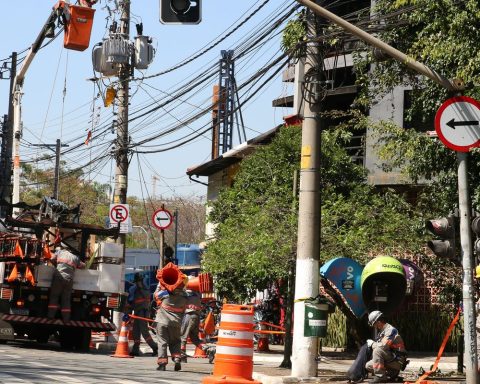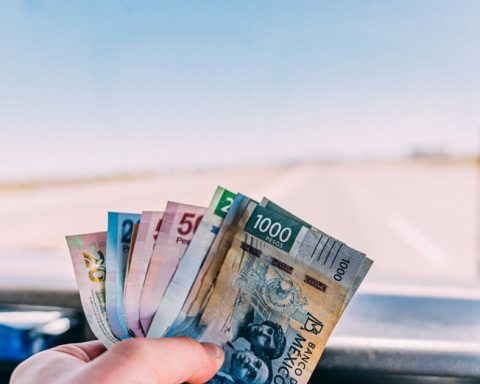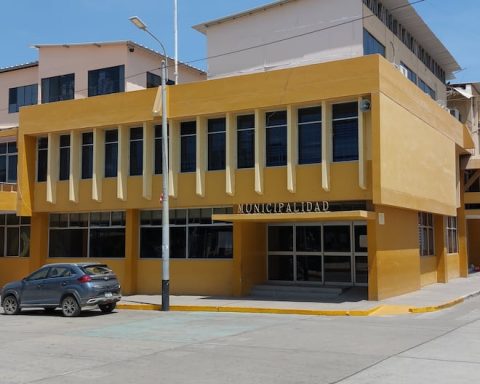The Sebrae Reference Center for Brazilian Crafts (CRAB), located in Praça Tiradentes, central region of Rio de Janeiro, offers the public the free exhibition Casa do Brasil Central, from the Cerrado to the Pantanal, which can be seen from Tuesday to Saturday , from 10 am to 5 pm, until the 30th of October. After the visit, the handcrafted pieces can be purchased.
The exhibition is promoted by the units of the Brazilian Support Service for Micro and Small Enterprises (Sebrae) in Goiás, Mato Grosso, Mato Grosso do Sul and the Federal District.
“The states and the Federal District came together to make an occupation, as if they were a single territory, with the Pantanal and Cerrado biomes,” said exhibition curator Renato Imbroisi to Brazil Agency.
Renato Imbroisi decided to transform the show into a large scenographic house, set up in an area of 440 square meters (m²) of the CRAB, in whose rooms the visitor has the opportunity to appreciate the natural riches, handcrafted objects and the typical cuisine of the region known as Heart of Brazil or Cradle of Waters.
“Each space has the power to show the craftsmanship of each of these states, with a great diversity. We have ceramics, wood, embroidery, works with fibers, crochet, painting, sculpture. There are more than 200 artisans”.
The House
The exhibition has two entrances. The first shows the monuments of Brasília, followed by the Pantanal and the Cerrado, illustrated by sculptures of animals in fiberglass, wood, clay and recycled products. From this area, the public enters a balcony, decorated with embroidered Cuiabana hammocks, as well as objects from traditional master artisans from the states of the Midwest.
According to Imbroisi, the idea is also to generate business for the artisans participating in the exhibition. “It’s a window of opportunity. The entire exhibition is for sale.”
On the balcony, there are also indigenous pieces, mainly from Mato Grosso and Mato Grosso do Sul.
In the bedroom, a projection on the bed offers the visitor animations on top of various types of embroidery. There are also panels with flowers from the Cerrado, in photos by professionals Lena Trindade and Lucas Moura, made for the show.
In the kitchen, there are several utensils, from clay pots, dish towels, placemats, even fruits from the Cerrado. The dining room displays cavalhadas from Goiás, sculptures of scenes from the daily life of the region, illustrating the work in the countryside, cowboy tools, animals, in addition to a religious part with thirds of buriti seeds. In the background, you can hear a soundtrack of conversations between artisans exchanging recipes and talking about their work.
The bathroom represents the crystal clear waters. There are a series of film projections of rivers, waterfalls, running waters in the region. In the living room, a giant carved wooden panel depicts herdsmen who cross the Pantanal carrying cattle. In the corridor, most of the artisans appear in full size with their work in hand and, in front of them, there are landscapes of the Cerrado and the Pantanal and the animals of these biomes.
The second entrance displays a large amount of ipês made from tree trunks, with flowers and birds carved in wood.
Diversification
Sebrae Rio’s Development director, Sergio Malta, highlighted that this is one of the largest and most diversified exhibitions of Brazilian handicrafts ever exhibited at CRAB.
“With this, we want not only to contribute to this popular art and to the culture of the country, but also to generate income for artisans in the Midwest, a region that occupies 19% of the national territory”.
Occupation Program
Created in March 2016, in a historic building at Praça Tiradentes, in Rio de Janeiro, CRAB is currently connected with the entire country to strategically reposition and qualify handmade products in Brazil and train agents in its production chain. .
The first step to reinforce this connection was the creation of the Occupation Program: an invitation for the craft areas of all Sebrae units to occupy the CRAB space with temporary exhibitions every year, presenting the public with the most significant and relevant in the production of each state.
According to CRAB’s manager, Ana Paula Moura, the idea is to “dress” CRAB with all the riches that exist in Brazil.
The handicraft show organized by Sebrae Pará, called Círio de Colors e Sabores, inaugurated the CRAB’s Occupation project in September last year.















